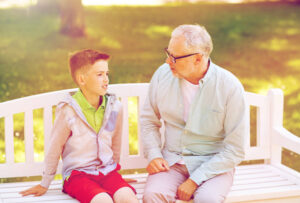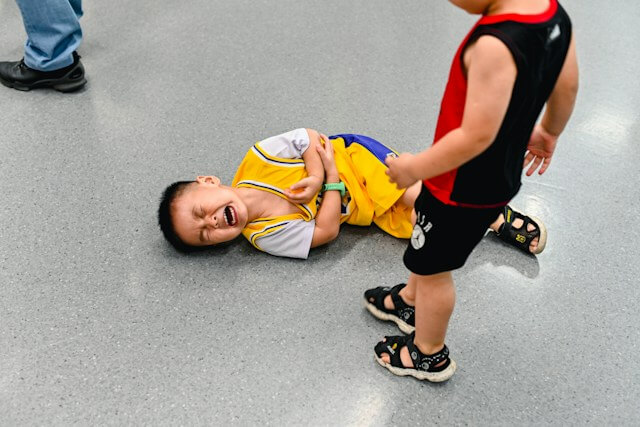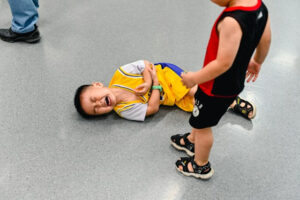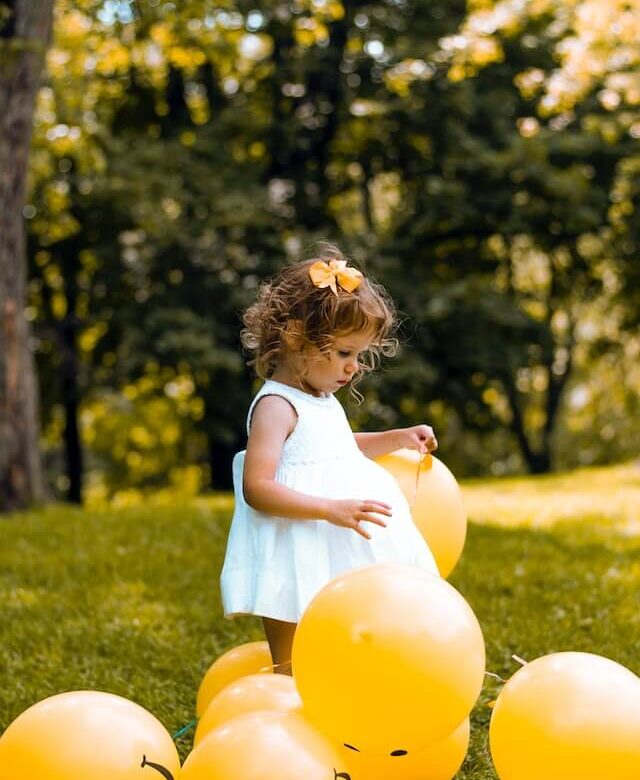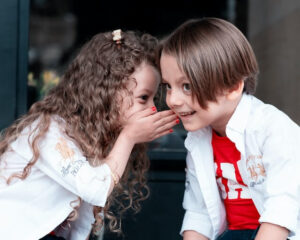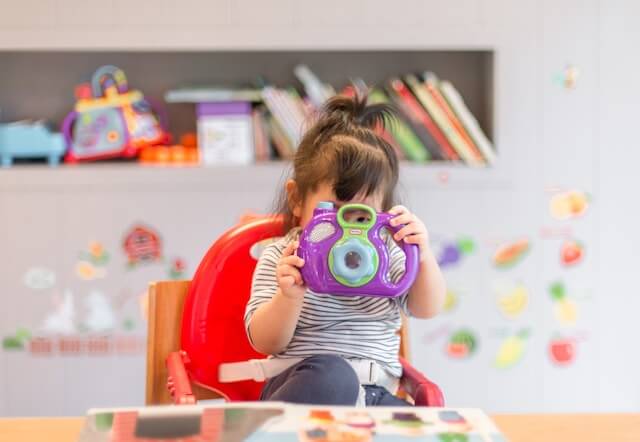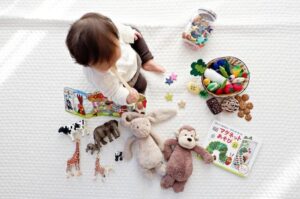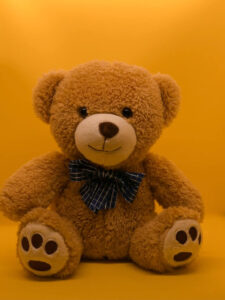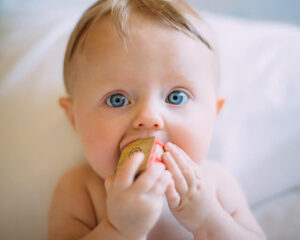How to Teach Children with Autism to Communicate: A Comprehensive Guide
Autism Spectrum Disorder (ASD) is a neurological and developmental disorder that affects how people interact and communicate with others. It’s estimated that around 1 in 54 children in the U.S. is diagnosed with autism. Among the many challenges faced by children with autism, speech and language development can be particularly difficult. However, there are proven strategies that can help these children to learn language and to communicate effectively.
Understanding Communication Challenges in Autism spectrum disorder
Children with autism often have unique communication needs. They may struggle with understanding and using spoken language or non-verbal cues like facial expressions, tone of voice, or gestures. Some may not speak at all, while others might repeat certain phrases or words. It’s important to remember that every child with autism is different, and their communication abilities can vary widely.
The Importance of Teaching Communication Skills to Children with Autism
Teaching children with Autism Spectrum Disorder (ASD) communication skills is crucial for several reasons. Firstly, it helps them express their needs, desires, and experiences, thereby reducing frustration and behavioral challenges. Secondly, effective communication enhances their social interaction abilities, enabling them to build meaningful relationships with peers and adults. Furthermore, developing these skills can lead to greater independence in later life, as they develop communication skills and can better navigate social situations and engage in daily tasks. Therefore, investing in communication skills training for children with autism can significantly improve their quality of life.
Effective Strategies to Encourage Speech and Language Development
- Use Visual Aids: Visual aids such as picture cards, visual schedules, or storyboards can help children understand what is being communicated and provide them with a way to express themselves. These tools can also help children with autism understand routines and transitions better, reducing anxiety and promoting the child’s communication skills.
- Implement Social Stories: Developed by Carol Gray, social stories help children with autism understand social situations and different emotions and responses. These short, personalized stories describe a situation, skill, or concept in terms of relevant social cues.
- Engage in Play-Based Activities: Play-based activities are excellent for encouraging speech and language development. Use toys and other interactive play games that promote interaction and require your child’s gestures to communicate. This could be as simple as playing with a toy car and encouraging your child to say “go” or “stop.”
- Model Language: Show your child how to communicate by modeling the language yourself. This could involve narrating your actions (“I’m putting on my shoes”), expanding on their language (“Car” can be expanded to “Red car is moving”), or repeating what they say to confirm understanding.
- Encourage Imitation: Children learn a lot through imitation. Encourage your child to mimic sounds, gestures, facial expressions, and words.
- Use Technology: There are numerous apps and software designed to help children with autism develop their language skills. These can be great supplementary tools to reinforce what they are learning in their speech therapy, or at school.
Seek Professional Help
Speech and language therapists are skilled professionals who can provide individualized strategies and techniques to help your child. They can assess your child’s speech abilities and create a tailored plan to improve their communication skills.
The Role of Applied Behavior Analysis (ABA) Therapy in Enhancing Communication Skills
Applied Behavior Analysis (ABA) therapy is a widely recognized intervention for children with autism, including those with speech and communication challenges. The therapy’s primary goal is to enhance socially significant behaviors, including communication skills.
ABA therapy uses a systematic approach to understand and modify behaviors. In terms of communication, it involves breaking down complex skills like verbal communication into smaller, more manageable tasks. This helps children with autism learn to speak in a structured and progressive manner. For instance, a child might first be taught to mimic sounds, then words, followed by phrases, and finally, sentences.
The therapy might also involve teaching alternative communication methods to non-verbal children, such as using sign language or communication devices. It encourages the child to talk through use of positive reinforcement, where a desirable behavior is rewarded, thus motivating the child to repeat it. For example, if a child correctly uses a word during therapy, they might be rewarded with a favorite toy or treat.
ABA therapy is beneficial not just in terms of language development, but it also helps improve a child’s ability to maintain a conversation, understand others’ perspectives, and use non-verbal communication effectively. Therefore, it plays a crucial role in enhancing the overall communication skills of children with autism. It’s essential, however, to access ABA therapy under the guidance of a certified professional to ensure the best outcomes for your child.
Final Thoughts
Teaching a child with autism to talk can be a challenging journey, but remember that progress may be slow and that’s okay. Every child learns at their own pace. Celebrate every little milestone and keep providing your child with a supportive and enriching environment. Remember to be patient, stay positive, and never stop believing in your child’s potential.




